
Telescopic 'dressing sticks'
1968

1968

1963

1967-1972

1998

1966

1968-1972

1961
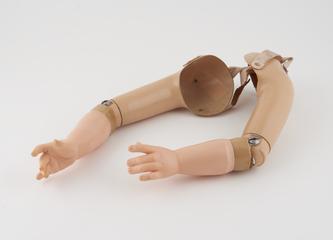
1957-1967
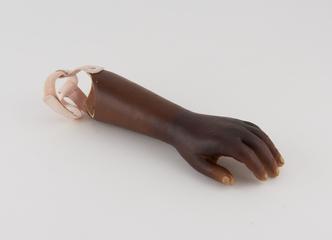
1970

1949
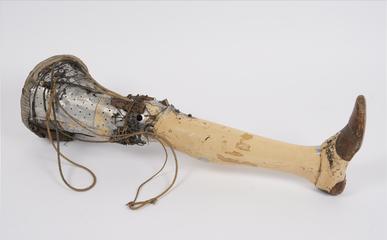
1934

1926

1959

1975
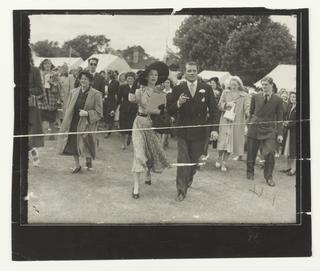
31 May 1949
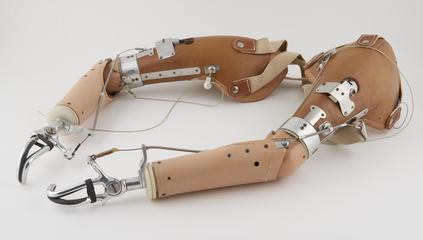
1964

1920-1960
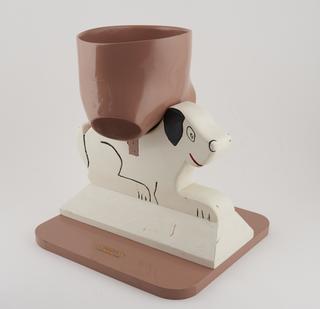
1966
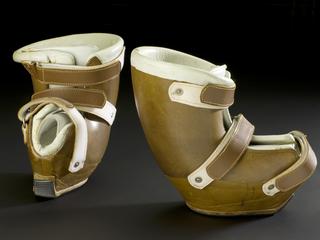
1965-1975

1964
31 May 1949
1942
1930-1950
1930-1950
1930-1950
1930-1950
1930-1950
1930-1950
1930-1950
1941
1930-1950
1930-1950
1930-1950
1930-1950
1930-1950
1945
1930-1950
1930-1950
1930-1950
1930-1950
1930-1950
1930-1950
1940
1930-1950
1930-1950
1930-1950
1930-1950
1930-1950
1930-1950
1930-1950